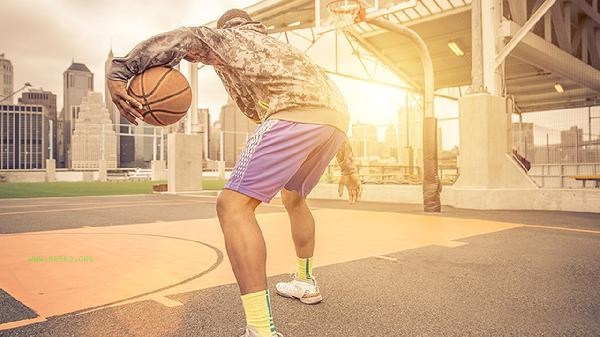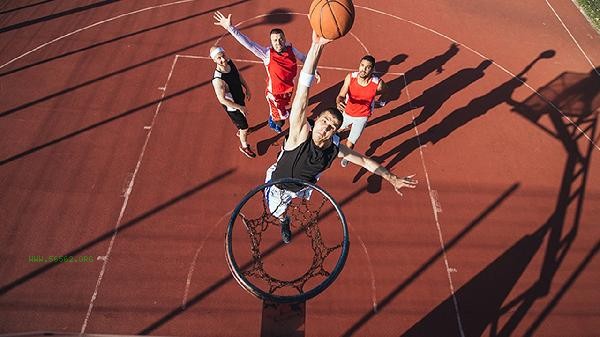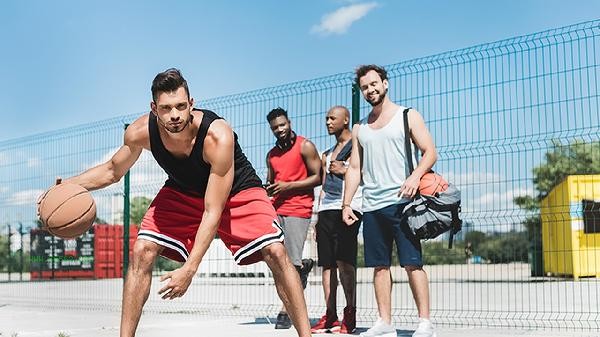If the physical fitness of the entire basketball court cannot keep up, it can be improved by adjusting the training plan, optimizing the diet structure, strengthening cardiovascular training, arranging rest reasonably, and supplementing sports nutrition. Lack of physical fitness is usually caused by insufficient basic endurance, uneven energy intake, inadequate recovery, low efficiency of technical movements, and lack of targeted training.

1. Adjust Training Plan
Adopt intermittent high-intensity training to improve anaerobic endurance, arrange two full field turnaround runs per week, simulate acceleration and emergency stops in real combat. Gradually increase the duration of a single run from 10 minutes to 30 minutes. Combining directional running and jumping training to enhance lower limb explosiveness, pay attention to sufficient warm-up and stretching before and after training to avoid sports injuries.
2. Optimize dietary structure
Consume low glycemic index carbohydrates such as oats or whole wheat bread 2 hours before the competition, paired with an appropriate amount of high-quality protein such as chicken breast. During exercise, supplement with electrolyte containing sports drinks every 15 minutes, and within 30 minutes after the competition, supplement with a recovery meal with a ratio of 3:1 carbon water to protein. Increase the proportion of compound carbohydrates in daily diet to reduce the impact of high-fat foods on blood viscosity.
3. Strengthen cardiovascular training
Aerobic training three times a week to maintain basic endurance, and choose low impact exercises such as swimming or cycling. Adopting the pyramid running method, gradually increasing the maximum heart rate from 60% to 85% and alternating between them. By practicing deep breathing exercises to enhance diaphragm strength, underwater breath holding training can be attempted to improve lung capacity, but it should be done under the guidance of a professional.

4. Reasonably arrange rest
Ensure 7-9 hours of deep sleep every night, and use cold water baths or compression socks to promote blood circulation after training. After high-intensity training, arrange a 24-48 hour recovery period, and use the foam axis to relax the quadriceps femoris and other major muscle groups. During the season, arrange at least one complete rest day per week to avoid excessive training that can lead to elevated cortisol levels.
5. Supplement Exercise Nutrition
Moderate supplementation of branched chain amino acids reduces muscle breakdown, and caffeine is used before exercise to increase nerve excitability. Choose supplements containing β - alanine to delay fatigue and supplement magnesium to prevent exercise-induced muscle spasms. The use of creatine products requires a load period and maintenance period plan, and all nutritional supplements should be carried out under professional guidance.

Basketball requires high physical fitness, and it is recommended to regularly conduct physical fitness indicator tests to monitor progress. Daily balance training such as standing with one foot closed and eyes closed can enhance proprioception, and joint flexibility can be improved through yoga. Pay attention to the reasonable allocation of physical energy during the competition, and reserve 30% of physical energy reserves in the first quarter. If symptoms such as dizziness or palpitations persist after exercise, seek medical attention promptly to rule out anemia or heart problems. Long term physical training should follow the principle of gradual overload and be accompanied by monitoring real-time heart rate changes with a sports wristband.






Comments (0)
Leave a Comment
No comments yet
Be the first to share your thoughts!